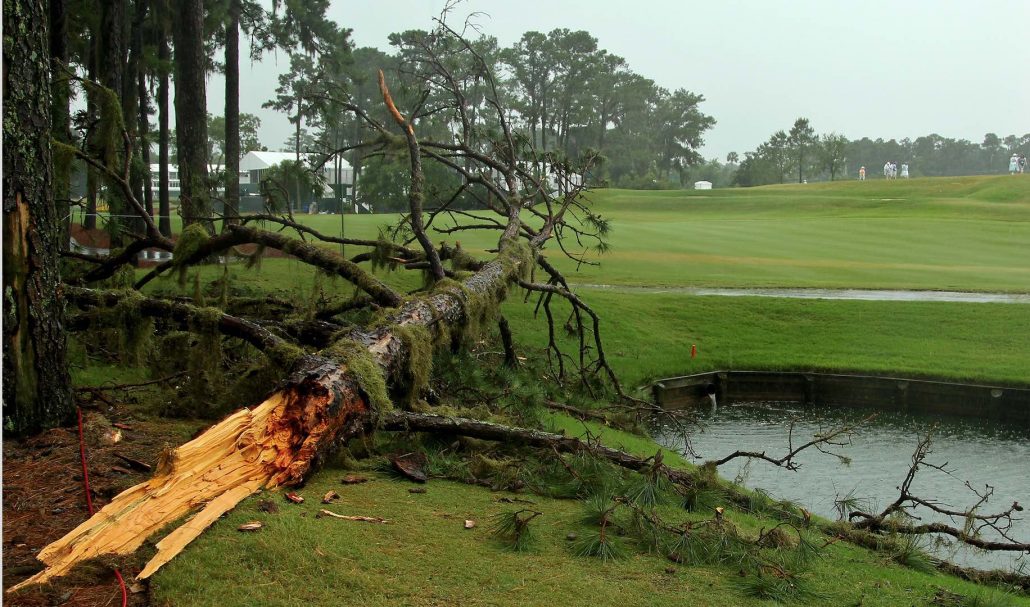A mighty tree has fallen at the unassuming golf course that I call home.
It had been dead for several years already, but the decision to turn it into firewood still came as a shock to the system. It was, you see, one of those trees that golfers love to hate, standing as it did, not on the edge of the fairway, but some five metres into it.
It was a tree that fulfilled multiple functions. It marked the line that a good drive should take, encouraging the golfer to stay away from all the trouble down the right, and thereby opening up the gentle dogleg for a clear view of the green. Its real purpose, however, was to get in the way of the second shot.
Ah, the second shot, that part of the game that reveals both handicap and character. For the low handicapper, coming in with anything between 8-iron and wedge, its canopy would reach out and grab the unwary dimpled ball.
For the high handicapper, however, it was the bottom half of the tree that was in play. We don’t hit the ball far enough off the tee to open up the dogleg so the tree was the marker for both our first and second shots. By we, of course, I mean me.
Coming in with a long-iron or a fairway metal, hoping for a gentle fade instead of our normal slice, we would invariably find ourselves behind the trunk, contemplating what was now an impossible third to a green guarded by a cavernous front bunker. Double-bogey six was the inevitable conclusion.
And now it’s gone. Just the stump and a large pile of sawdust mark the spot. In the short term the question will be, to which outside agency will we now attribute our poor golf on that hole?
In the long term, some fool is likely to suggest that a new tree can be planted at the same spot. It wouldn’t be the same, of course. Trees take time to grow and my club does not have the cash to do what Hasso Plattner did at Fancourt, ie drive 200 mature pin oaks up from Cape Town to George. No, if we were to plant a new one it would have to be a sapling and the rule on alien species would not allow another wattle.
Stinkwood, you say? Takes too long to reach maturity. Acacia? Too many thorns and we have enough of the bloody things already. Some kind of fruit tree? Are you mad? The vervet monkey might be a protected species, but in our part of the world they’re regarded as vermin. Fine, you choose.
I thought you’d never ask; let’s do what they did at Fancourt. No, not the expensive option, the cheap one. Andre Pieterse, the original developer of the estate, loved the look of dead trees on a golf course. One day, by mistake, the design crew cut down one of his favourites. Realising they were in big trouble and knowing Andre was away for the weekend, they brought a TLB, dug a big hole, filled it with concrete and put back the dead tree. Called it Lazarus.
OK boys, who’s got a TLB?
– This column first appeared in the September 2022 issue of Compleat Golfer magazine.









